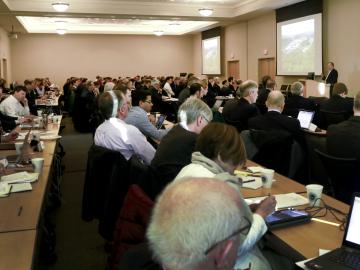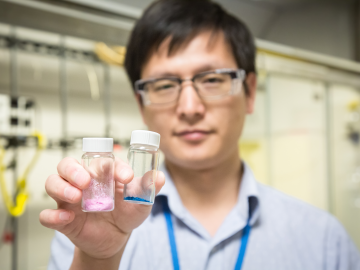
Polyphase wireless power transfer system achieves 270-kilowatt charge, s...

Moving advanced nuclear reactors from the drawing board to the field was the focus of the Advanced Reactors Technical Summit III, hosted by the Department of Energy’s Oak Ridge National Laboratory and attended by 180 experts from industry, government and academia. The conference, ...



When it’s up and running, the ITER fusion reactor will be very big and very hot, with more than 800 cubic meters of hydrogen plasma reaching 170 million degrees centigrade. The systems that fuel and control it, on the other hand, will be small and very cold. Pellets of frozen gas will be shot int...







